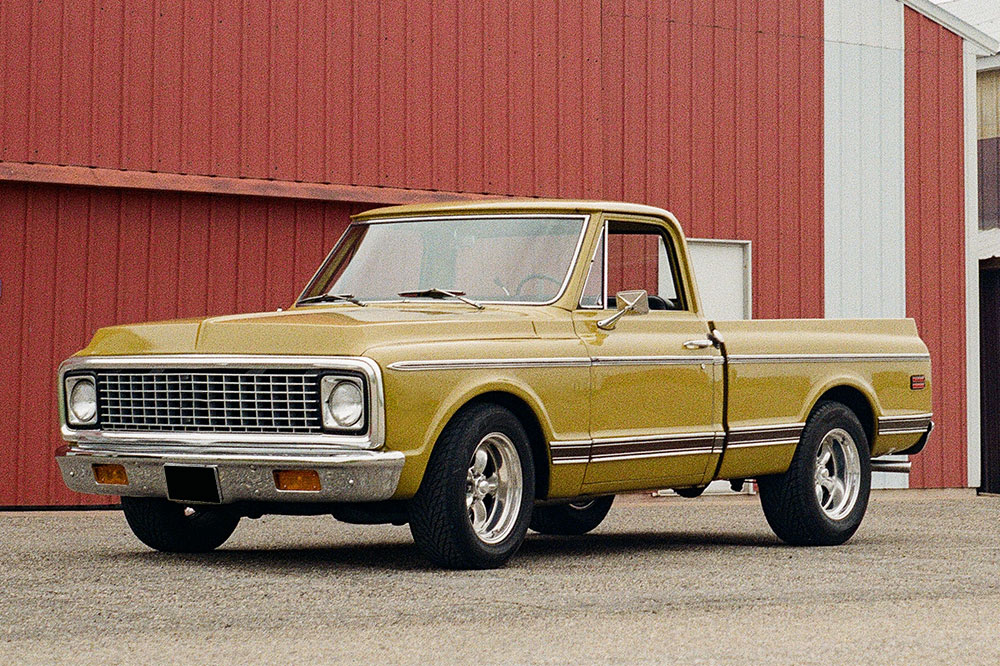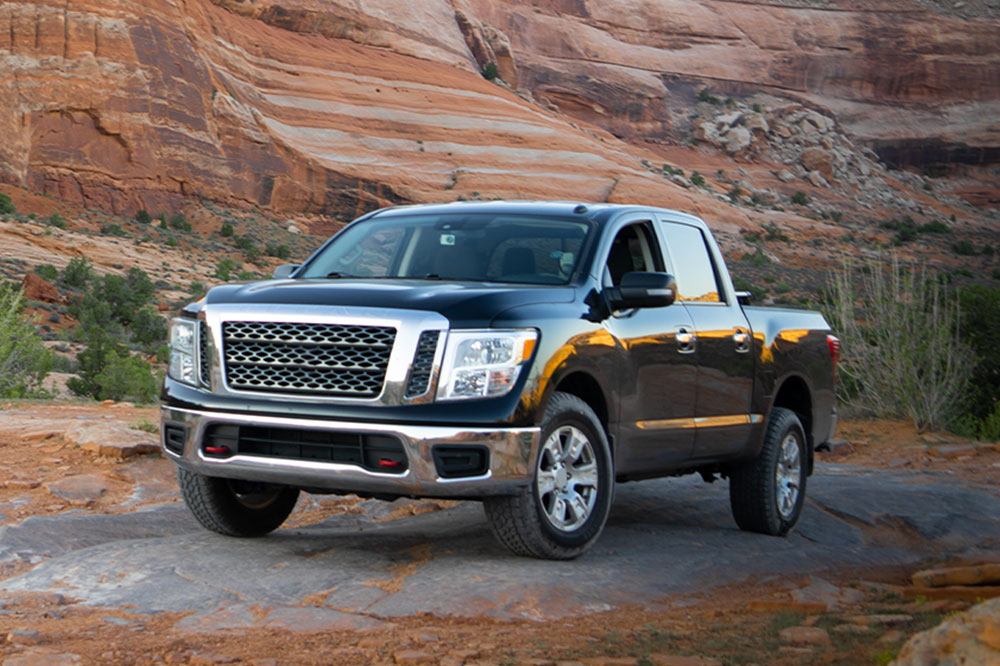Complete Guide to the Chevrolet S-10 Pickup Truck: History, Features, and Evolution
Explore the comprehensive history and features of the Chevrolet S-10 pickup truck, including its evolution, configurations, safety updates, and legacy. Learn why this compact truck remains popular among drivers for light-duty work and daily use, highlighting its versatile design, reliable performance, and modern enhancements over the years. Perfect for automotive enthusiasts and potential buyers interested in a durable, affordable pickup with a storied background, this guide offers detailed insights into one of Chevrolet's most iconic models.

In-Depth Overview of the Chevrolet S-10 Pickup Truck
The Chevrolet S-10 pickup truck, introduced in the early 1980s, revolutionized the compact pickup segment by offering an accessible, reliable, and versatile vehicle option for urban and light-duty use. With the surge of Japanese mini trucks in the global market during that period, Chevrolet responded with the S-10, aiming to capture a segment of drivers seeking an affordable yet capable light truck. Over its three-decade production run, the S-10 earned a loyal following due to its customizable features, practical design, and dependable performance, making it a staple for those requiring a versatile workhorse or a daily driver.
History and Model Development
The Chevrolet S-10 was introduced in the early 1980s to compete in the burgeoning compact truck market. Its initial models were appreciated for their affordability, simplicity, and adaptability, which made it popular among small business owners, outdoor enthusiasts, and everyday commuters alike. During its production cycle, which spanned over 23 years, the S-10 saw two major generations, with the second generation launching in 1994 and lasting until 2004. This second-generation model is often regarded as the most refined and feature-rich iteration of the vehicle, showcasing modern advancements in safety, comfort, and performance.
Throughout its second generation, the Chevrolet S-10 was available in various configurations designed to meet diverse user needs. Customers could choose from regular cab, extended cab, and crew cab models, each offering different bed lengths—either short or long. Noteworthy was the Sportside bed introduced in 1996, offering a stylish and functional design preferred by many users. The introduction of the ZR2 off-road package in 1996 marked a significant upgrade for adventure enthusiasts, featuring enhanced suspension systems, larger tires, and four-wheel drive capabilities to tackle rough terrains effectively. The extended cab models gained popularity thanks to their third-door access, which provided easier entry and exit, as well as an additional fold-down jump seat for increased utility.
1994-1997 Model Years
In the period from 1994 to 1997, the Chevrolet S-10 was equipped with a base 2.2-liter four-cylinder engine, which delivered 118 horsepower—a decent figure for its class at the time. Consumers seeking more power could opt for the 4.3-liter V6 engine, generating 165 horsepower, which became standard on 4WD variants. The engine options were paired with either a four-speed automatic transmission or a five-speed manual gearbox, providing flexible driving experiences for different preferences. Early safety features included basic rear-wheel ABS, with four-wheel ABS becoming either standard or available as an option from 1996 onward. Notably, 1995 marked the introduction of driver-side airbags, while passenger airbags became available after 1998, representing ongoing improvements in vehicle safety.
1998-2004 Model Years
The 1998 facelift for the Chevrolet S-10 brought a breath of fresh air, incorporating modern styling updates, improved interior comfort, and enhanced safety features including dual airbags. The S-10 Xtreme, launched in 1999, targeted younger drivers and car enthusiasts with its sport-oriented styling, featuring a lowered ride height, aggressive body kit, full-ground effects, and 16-inch wheels. Despite its sporty aesthetic, the Xtreme retained rear-wheel drive, emphasizing its sporty character. In 2001, Chevrolet expanded the lineup with a five-passenger four-door crew cab, offering more space and versatility for families or work purposes. The S-10 remained in production until 2004, when it was replaced by the newer Chevrolet Colorado, which built upon the legacy of the S-10 with improved design and technology.
All in all, the Chevrolet S-10 stands as a testament to affordability, adaptability, and durability in the compact pickup segment. Its regular updates to comfort features, safety, and styling kept it relevant for over two decades, making it a favorite among drivers who needed a reliable, economical vehicle capable of light-duty hauling and daily commuting. Despite being phased out in favor of newer models, the S-10’s influence remains evident in Chevrolet’s truck lineup today, and it continues to be remembered fondly by enthusiasts and owners alike.




